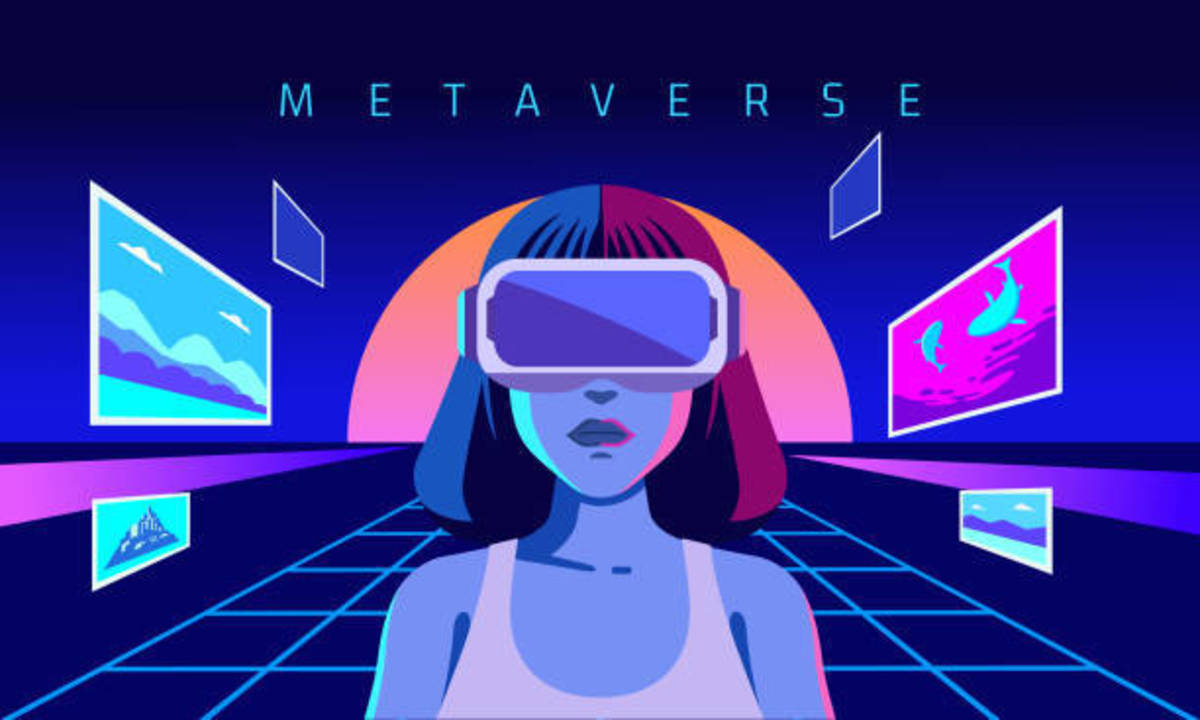Avatars in the Multiverse
In the metaverse, you are represented by an avatar, a three-dimensional alter-ego character by which you move through and experience the artificial world. This virtual avatar enables the user to experience the world from the character’s point of view. iStock
Components of the Metaverse
- Virtual Reality: Virtual reality is one of the main underlying components of the metaverse as VR allows virtual objects like people, things, landscapes, and environments to be realistically rendered. You are entering the metaverse with the help of the VR and the headsets that use VR.
- Augmented Reality: AR will help bring the metaverse fragments into the physical world and enable us to interact with the components every day. A famous example of AR was the mobile game Pokemon GO, which allowed players to interact with pokemon in the real world.
- 5G Technology: The continuous use of the metaverse requires faster downloading and uploading speeds and larger bandwidth for data. In other words, the metaverse needs a faster Internet to work.
- Blockchain/Cryptocurrency: To buy anything in the metaverse, you must have virtual currency or crypto. These will be the main currencies of the virtual world.
- Non-Fungible Tokens: NFTs, also known as Non-Fungible Tokens, exist on the blockchain and help prove the digital ownership of the assets acquired in the metaverse. Today, this technology is famous for owning memes, paintings, and pictures.
The Multiverse is a Work In Progress
There is still much development and technological upgrading ahead to build out a full metaverse ecosystem. A variety of projects in motion aim to do this. iStock Project Nazare: This project is developing full AR-capable glasses, which will contain hologram displays, sensors, projectors, and batteries in a glass of 5mm thickness. Project Cambria: This project is working on making avatars that can reflect human facial expressions, skin tone, facial hair, and natural eye contact.
Early Vision
One of the leading inspirations for the metaverse came from the 1992 science fiction novel Snow Crash, written by Neal Stephenson. Early visions of metaverse advocates centered around making the principal technologies available to more people.
Horizon Home: It is the home space of the metaverse, the first thing you will experience when you put on your headset. Future developments will allow you to build your own home, but for now, there are multiple default options. Horizon Worlds: This is the world in which you will experience the whole metaverse. The primary function is building the world and jumping into it with avatars. Nowadays, people create this platform to play games and have social functions like birthday parties.
Merits and Demerits
Companies Using Metaverse Technology
- Roblox: The game Roblox is a VR universe of immersive, user-generated 3D worlds in which people can interact with others and play different games in a metaverse-like environment. The company has envisioned more activities for its users in the future. iStock
- Epic Games: The company that developed the widely popular game Fortnite is a leading platform that has successfully implemented the virtual concerts used in the metaverse.
- Nike: The world’s leading sneaker company has collaborated with Roblox to create Nike Land, a virtual world like the metaverse in which you can buy and sell different gears and sneakers and play games with your avatar.
- Tinder: The dating application Tinder is set to introduce a cryptocurrency called Tinder coins. The company wants to develop a metaverse application that allows people to meet up virtually with their avatars.
- Meta: The company previously known as Facebook is a leading company that has popularized the metaverse concept and is focused on improving the experience with Horizon World, Horizon Home, Project Cambria, and Project Nazare. These endeavors will likely revolutionize the virtual world.
Sources
- Wikipedia iStock
- Meta Group
- xrtoday.com
- analyticssteps.com
- Wired
This content is accurate and true to the best of the author’s knowledge and is not meant to substitute for formal and individualized advice from a qualified professional.



